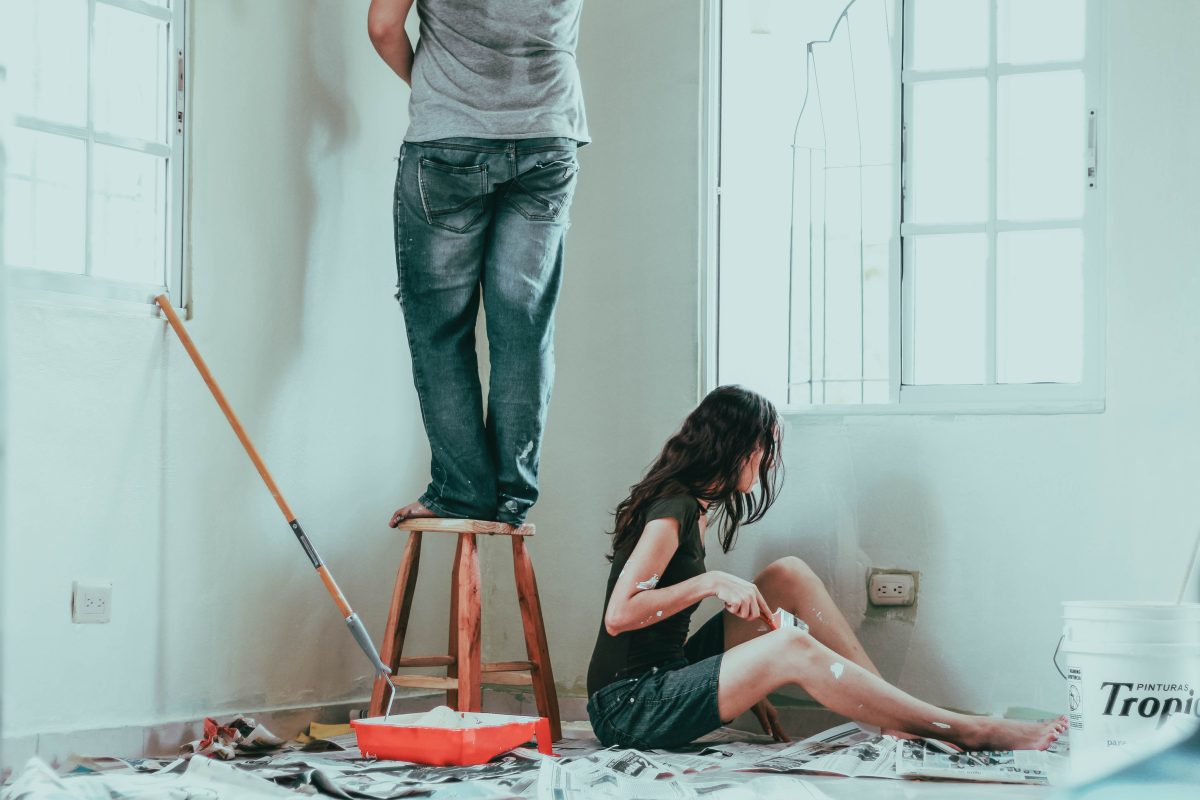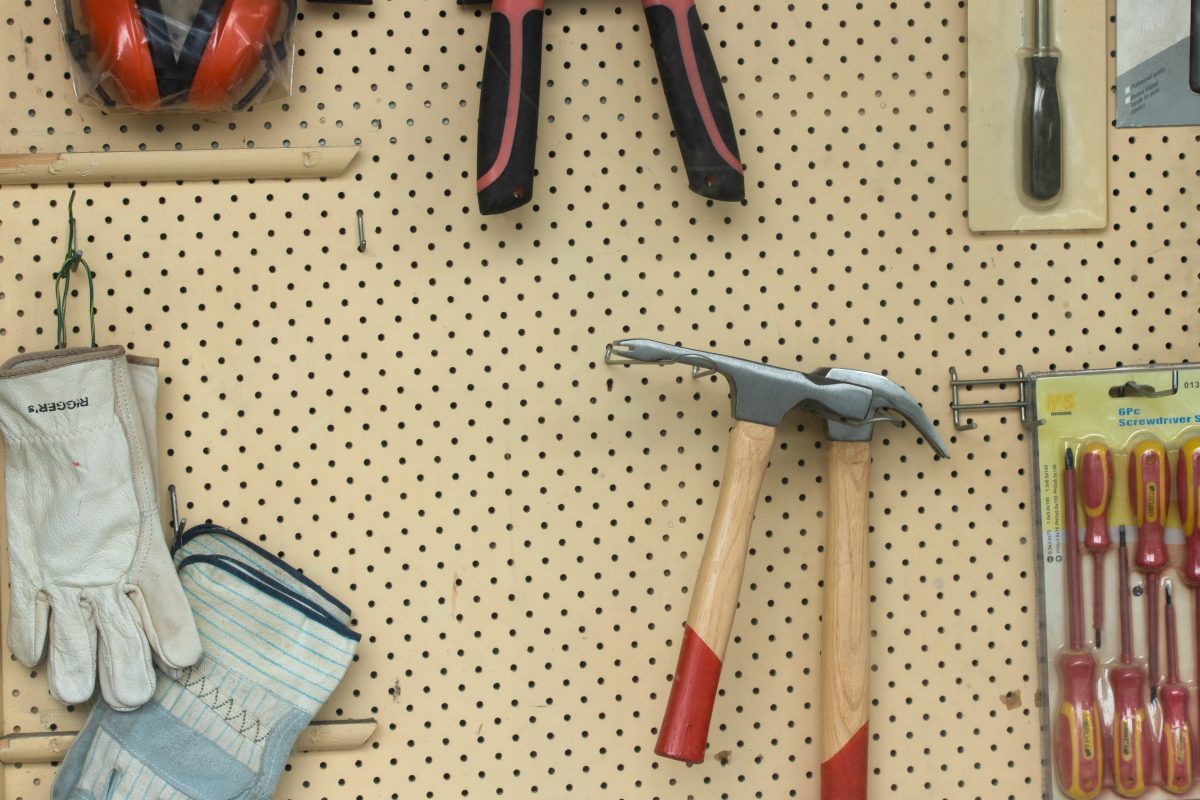In the past, people generally assumed that only individuals with extensive experience could complete DIY projects successfully. Nowadays, anyone can try their hand at a project and do a great job. The abundance of resources and information online, as well as user-friendly tools, make it possible for even novice do-it-yourselfers to succeed. If you want to be guaranteed success when taking on your home improvement projects, follow these tips:
Gather Expert Advice and Guidance from Online Resources and Forums
Several online resources are available to help DIYers with every type of project. These include websites run by experts in various fields and online forums where people can share their experiences and offer advice to others. The folks at https://superiorhomesupplies.com/blogs/news/diy-thermostat-installation-how-to-choose-and-install-your-thermostat offer tips and advice for those who are taking on this type of project. If you are doing a specific DIY project, such as installing a thermostat or new plumbing fixtures, search online for expert advice and guidance.
In addition, many of these resources also offer step-by-step guides that will walk you through the entire process of completing your project. This can be extremely helpful if you are new to DIY or if this is your first time attempting a particular project.
Take Stock of Your Resources and Tools
Before starting any DIY project, taking stock of your resources and tools is crucial. This means making a list of everything you will need for the project and gathering all the tools and materials you will need. Not only will this help ensure you have everything you need on hand, but it can also help prevent last-minute trips to the store or hardware store.
When doing a home improvement project, it’s important to look at your existing home décor and furniture and plan accordingly. For example, if you are painting a room, ensure the new paint color matches the other colors in the room. Or, if you are replacing flooring, choose a style and color that will complement your existing furniture and décor.
Create a Detailed Plan of Action for Yourself Before Beginning
By taking the time to create a plan, you can ensure that you have thought through all of the steps involved in the project and that you have everything you need to complete it successfully. In addition, a well-crafted plan can help prevent problems and save time and money in the long run.
You’ll need to create a list of the tasks that need to be completed and the order in which they should be done. You can also use a flowchart or diagram to map out the steps involved in the project. This can be helpful if there are multiple steps involved or if there is more than one way to complete the project.
Have a Clear Idea of What You’re Trying to Accomplish With Your Project
This means knowing exactly what you want the finished product to look like and planning how to achieve that goal. Without this clarity, it can be easy to become overwhelmed or lose focus during the project.
Create a blueprint or prototype of your project before starting. This can be as simple as drawing the design on paper or using a computer program to create a digital mock-up. By having a visual representation of your project, you can refer back to it often and ensure you are staying on track with your goals.
Get Your Hands on Some Quality Tools That Are Tailored to Your Specific Project
Choosing quality tools can make a big difference in how well the finished product turns out and how quickly and efficiently you can complete the project. To find the best tools for your project, it’s a good idea to do some research online or talk to other DIYers who have completed similar projects. This can help you find high-quality tools tailored to your needs and goals. And by shopping around and comparing prices, you can often find great deals that can save you both time and money in the long run.
Follow All Safety Precautions and Guidelines
Some tips for staying safe when doing DIY projects include wearing protective gear like safety goggles and work gloves. It is also important to follow all instructions and use caution when working with potentially dangerous materials, such as power tools or household cleaners. And if you are unsure of your skills and abilities, it is always better to err on the side of caution and ask for help from a professional. By correctly preparing yourself and your workspace, you can reduce your risk of injury and prevent costly mistakes.
By preparing yourself, creating a plan of action, and following safety guidelines, you can maximize your chances of success with your DIY project. With these tips in mind, you can set yourself up for success and enjoy the satisfaction and enjoyment of completing a well-done job.






